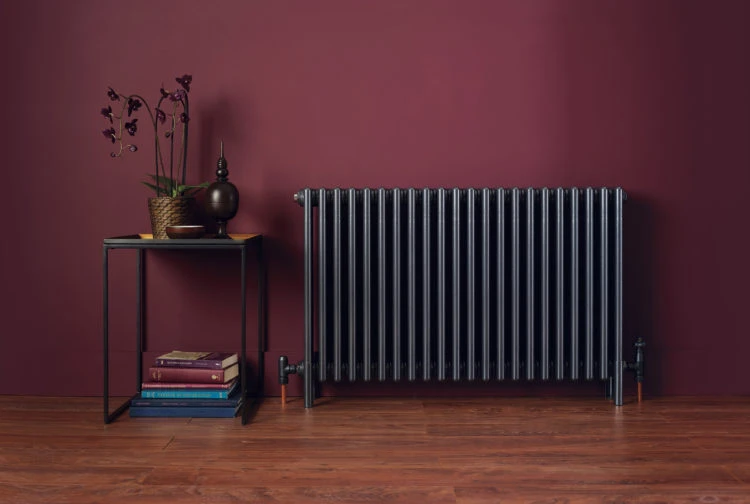
Which paint is best for radiator
Do You Need Special Paint for Radiators?
Can I paint a radiator with normal paint?
Many people simply use standard paint, although, as it doesn’t have the same heat-resistant properties as specialist paint, it may not last as long. If you use a standard paint, it will save on money in the short term as you can simply use the same paint for the entire room. However, if you are painting the radiator white it is advisable to invest in a specialist paint, as the warming and cooling of the radiator could create a yellow shade.
Do I need to prime radiator before painting?
Primers are important for two reasons when you're painting a radiator: they protect rust spots from getting any worse, and they provide a good surface for your paint to cling to. If you noticed several rust spots while you were sanding, an anti-corrosive primer is probably best.
What type of paint is best for radiators?
There are a few different types of paint that you can use on a radiator, but the best option will depend on the specific needs of your project. Some things to consider when selecting a paint for your radiator include the type of finish you want, the intended use of the painted radiator, and any special requirements (such as heat resistance or durability).
One popular option for painting a radiator is a high-temperature paint, which is specifically designed to withstand the heat that is generated by the radiator. These paints are usually oil-based, and they can resist temperatures of up to 1200°F (650°C). High-temperature paints are available in a variety of colors, and they can provide a durable finish that is resistant to chipping and fading.
Another option is an enamel paint, which is a type of oil-based paint that dries to a hard, glossy finish. Enamel paints are known for their durability and resistance to chipping and scratching, and they are often used on metal surfaces like radiators. However, they may not be as heat-resistant as high-temperature paints, so they may not be the best choice if your radiator gets very hot.
Finally, you could also consider using a ceramic paint, which is a type of paint that is specifically designed to withstand high temperatures and provide excellent heat resistance. Ceramic paints are usually oil-based and contain ceramic particles that help to insulate the surface, which can help to reduce heat transfer. However, these paints may be more expensive than other options, and they may be harder to find.
Ultimately, the best paint for your radiator will depend on your specific needs and the conditions in which the radiator will be used.
The best paint for radiators is heat-resistant metal paint:
- Hammerite Radiator Paint
- Rust-Oleum Universal Paint
- Blackfair Quick Drying Radiator Paint
- Johnstone's - Speciality Paint for Radiators

Traditionally a solvent-based paint is used on radiators and other heated surfaces but now some of the latest generation of water-based paints can also be used.
Dulux recommend paint the radiator with solvent-based paints like Dulux Satinwood or Dulux Non-Drip Gloss.



